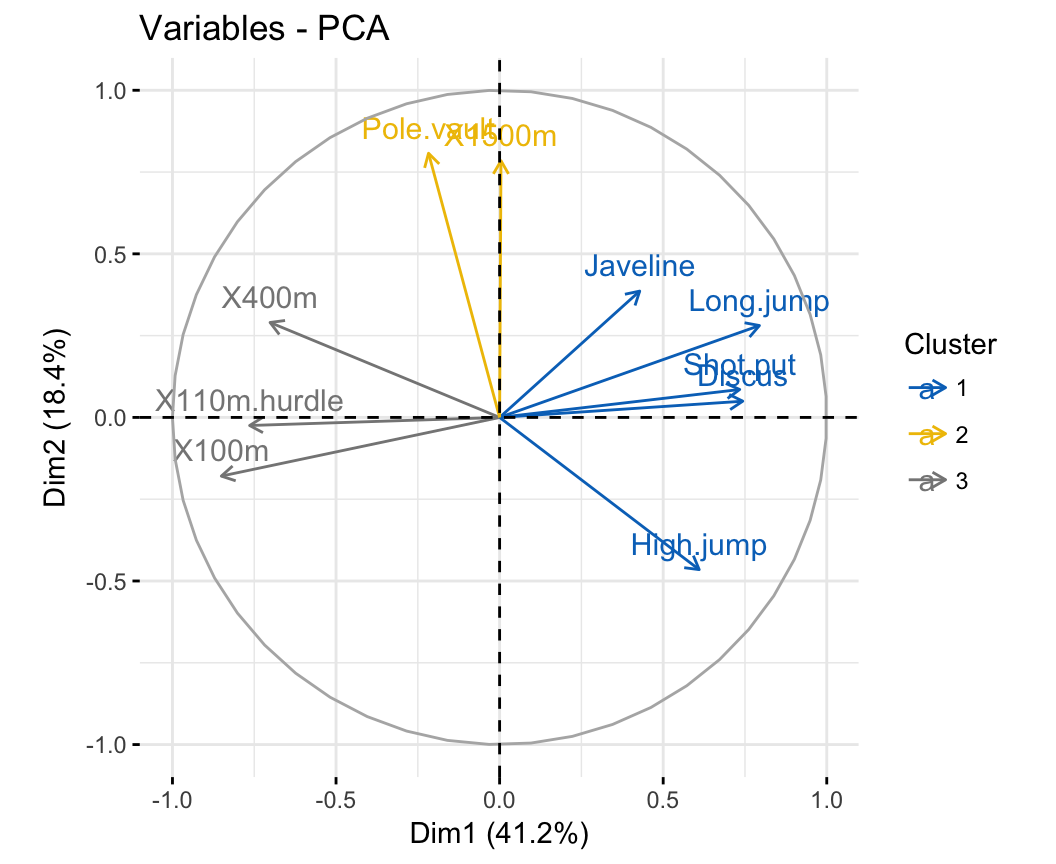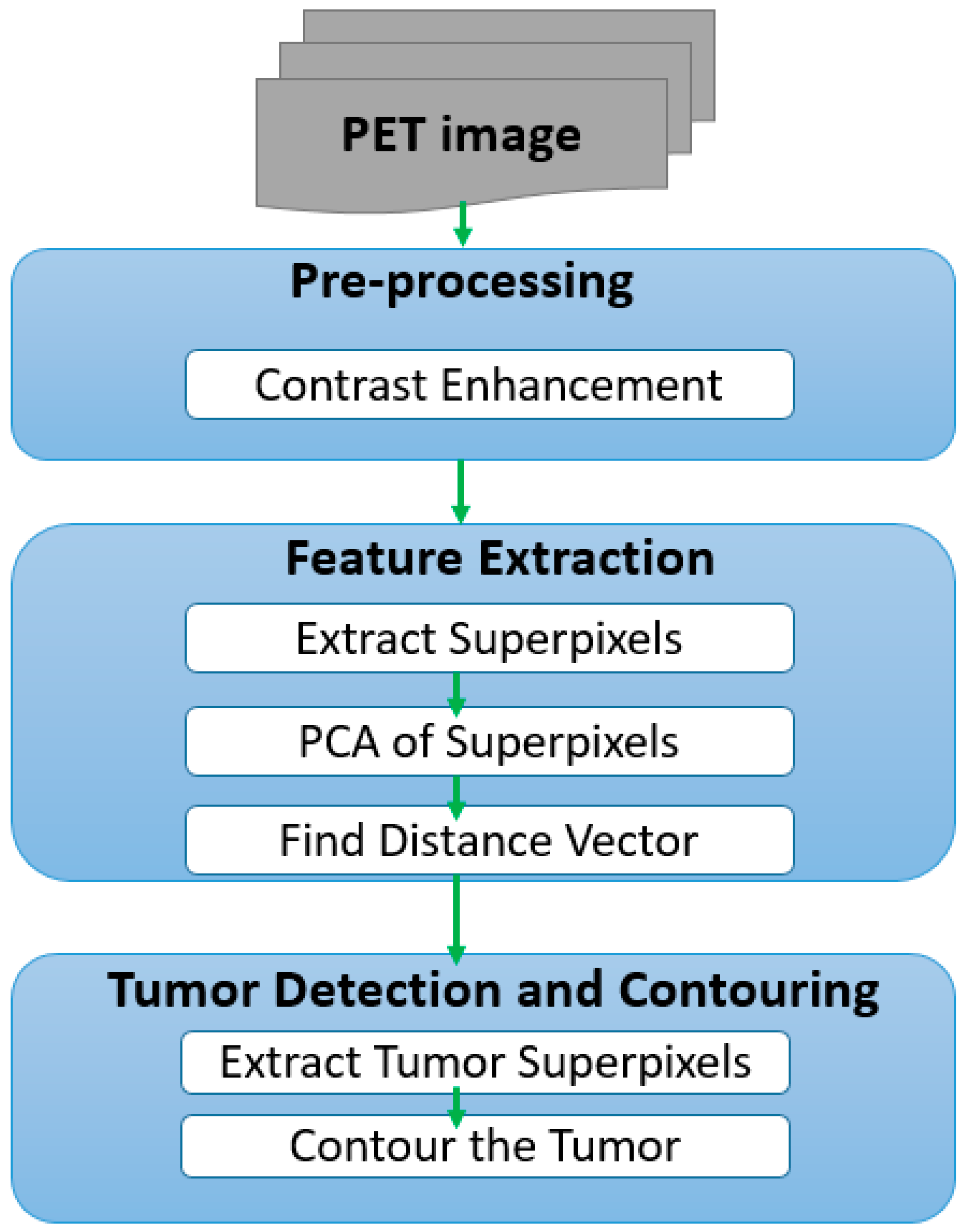
He Porsche Club of America, Inc. PCA National President’s column in PANORAMA (February 2011) Semi Annual Financial Statement, as published in. PCA Manual of National Procedures.
Accordingly, PCA graphs are frequently used to provide a low-dimensional visualization in order to display and discover patterns in SNP data from humans, animals, plants, and microbes—especially to elucidate population structure. SNP datasets are high-dimensional, often with thousands to millions of SNPs and hundreds to thousands of samples or individuals. Its membership is generally composed of Porsche owners who live.
The ultimate benefit from informed and optimal choices of PCA graph, SNP coding, and PCA variant, is expected to be discovery of more biology, and thereby acceleration of medical, agricultural, and other vital applications.on what data PCA-based missing value estimation makes sense. We also document contemporary practices by a literature survey of 125 representative articles that apply PCA to SNP data, find that virtually none implement our recommendations. Our main three recommendations are simple and easily implemented: Use PCA biplots, SNP coding 1 for the rare allele and 0 for the common allele, and double-centered PCA (or AMMI1 if main effects are also of interest).
Pca Column Pdf Version Of
Columns (environmental variables), type Environment as the Table name and select the. Row per sample, first principal component in first column, second principal component.veceigvector(:,1:count1) Compute the feature matrix (the space that will use it to project the testing image on it) xvecd If you have test data do the following t1 1 this test data is close to the first class Subtract the mean from the test data tt-m Project the testing data on the space of the training data tvect Then if you want to know what is the class of this test. This article focuses on the one research purpose identified in its title, elucidating population structure—although its discussion and citations make evident the broader relevance of the results and principles presented here.A pdf version of this document can be downloaded from. These PCA analyses serve a multitude of research purposes, including increasing biological understanding, accelerating crop breeding, and improving human medicine. ScholarWord is the only academic tool of its kind to work on Windows, Mac Classic, Mac OS X, and even LinuxSingle nucleotide polymorphism (SNP) data is common in the genetics and genomics literature, and principal components analysis (PCA) is one of the statistical analyses applied most frequently to SNP data. There is a difference with respect the interpretation of rows (observations) and columns (variables)Chicago Manual of Style citations and cover page formatting adheres to the 15th Edition of the Chicago Manual of Style and the Sixth Edition of Kate Turabians Style Manual.Cover pages even remember information like your name, school and courses to make writing more productive.
Fortunately, this opportunity comes at a small cost: Changing from one kind of graph to another, or from one SNP coding to another, or from one data transformation to another, as needed in order to optimize PCA analysis, is a simple matter requiring negligible change in procedure, effort, and computation. Greater understanding of the consequences of these three choices opens an opportunity for researchers to make informed and optimal choices, and thereby to gain even more biological insight and practical value from their SNP data. Improvements are possible. These three choices impact which kinds of structure and patterns in SNP data can be displayed and discovered in PCA graphs.Current practices—as documented by a literature survey of 125 representative articles that apply PCA to SNP data—suffice to justify the well-deserved popularity and abundant success of PCA for elucidating population structure ( S1 Table). They are indicated in this article’s title: the kind of graph produced, the way that SNP reads (A, C, G, or T) are coded numerically, and the transformation applied to the data prior to PCA analysis. Rather, three methodological choices are implicated necessarily in each and every PCA analysis and graph of SNP data.
In the present context, the data matrix has a number of SNPs which have been observed for a number of Individuals, where “Individuals” is our generic term applied to any organisms, such as individual humans, horses, cultivars of wheat, or races of a pathogen. Also, biplots are used occasionally for another kind of genomics data, gene expression data, whether or not the word “biplot” is mentioned. The standard term for a figure showing both is a “biplot.” The contrasting term used here for showing only rows or only columns is a “monoplot.” And our generic term for either a monoplot or a biplot is a “graph.” Biplots were first introduced by Gabriel and have become the norm in countless applications of PCA , including ecology and agriculture. PCA is applicable to a two-way factorial design, that is, a data matrix, and it provides a dual analysis of both the rows and the columns of a matrix. In order to understand contemporary practices and to identify optimal practices, this article explores three topics: two kinds of PCA graphs, three SNP codings, and six PCA variants.First, we consider two kinds of PCA graphs.
Three options for SNP coding are discussed: code the rare allele as 1 and the common allele as 0 for each SNP, the reverse, and a mixture of rare coded 1 or 0 (and hence common 0 or 1). But there is no natural and unique method for translating from this categorical data to the required numerical data, so the SNP literature exhibits multiple methods for coding SNP data numerically. The original reads of nucleotides (A, C, G, and T) constitute categorical data, whereas PCA requires numerical data. Consider a data matrix comprised of a number of SNPs observed for a number of Individuals.
Although analysis of variance (ANOVA) has not been used in the present context of PCA analysis of SNP data, it provides important insight by distinguishing three sources of variation that have quite different biological meanings: the SNP main effects, Individual main effects, and SNP-by-Individual (S×I) interaction effects. A SNPs-by-Individuals data matrix comprises a two-way factorial design. Most articles in our survey fail to report which SNP coding was used, and none explicitly specify the recommended SNP coding, which thereby compromises the interpretation and repeatability of published PCA graphs.Third, we explore six PCA variants. However, to the best of our knowledge, the consequences of different SNP codings for the appearance and interpretation of PCA graphs have not yet been addressed. We recommend SNP coding rare = 1 and document its several advantages for elucidating population structure.

The 635 oat lines are classified in three groups: 411 spring oats shown in green, 103 world diversity oats in blue, and 121 winter oats in red. DC-PCA biplot for the oat data, using SNP coding rare = 1 and expert knowledge of the oats.To reduce clutter the biplot uses two panels, with oat lines on the left and SNPs on the right. Awareness of the consequences of these three choices—which are made in every PCA analysis of SNP data necessarily—creates new opportunities to elucidate population structure more effectively.Fig 1. Consequently, the likelihood that any published PCA analysis of SNP data has yet implemented all three recommendations is quite small.
Indeed, this figure visualizes that expected population structure, with IPC1 concentrating spring oats at the left and winter oats at the right. The spring (green) and winter (red) oats are expected to cluster and to contrast, whereas the world diversity oats (blue) are heterogeneous and are expected to be less clustered. The 411 spring oats are shown here in green, 103 world diversity oats in blue, and 121 winter oats, which are also called Southern US oats, in red. Experienced oat breeders had classified the 635 oats into three groups. All SNPs are biallelic, and there are no missing data. This example concerns oats ( Avena sativa L.), and Kathy Esvelt Klos kindly shared with us this dataset with 635 oat lines by 1341 SNPs (personal correspondence, 4 June 2018).



 0 kommentar(er)
0 kommentar(er)
